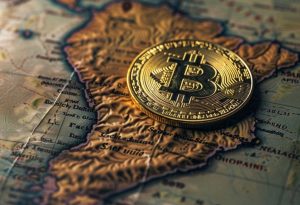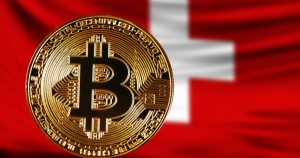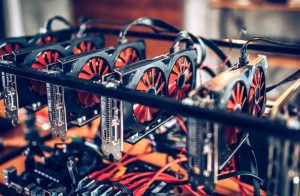Solana Developers Launch New Fee System to Optimize Network
2 min read
Solana plans to introduce a new fee system in addition to a number of other improvements as part of an effort to combat its repeated network issues.
According to an explanation published by Solana Labs, Solana experienced a network outage on March 1 and 2 when the project’s mainnet beta cluster “failed to produce blocks as a result of stalled consensus.”
However, the blockchain outage was not the first to occur on the Solana network, which faced similar issues in September and December 2021, plus another major failure in January 2021.
Solana New Fee System
As Solana Labs points out, the network has experienced “intermittent congestion issues” since early January due to bot activity targeting non-fungible token (NFT) coins.
“A huge amount of inbound transactions (6 million per second) flooded the network, exceeding 100 Gbps of traffic on individual nodes. There is no evidence of a denial of service attack. Instead, evidence indicates that the bots attempted to programmatically earn a new NFT by being coined using the popular Candy Machine program,” he said.
Solana notes, however, that its network continued to function at transaction request levels that were 10,000% of the level that caused the September outage, an improvement it attributes to updates implemented since then.
According to the team, a new update aims to implement “memory usage improvements to extend the time nodes can support slow or stalled consensus.”
Additionally, Solana revealed that it is working on mitigation related to core protocols.
“To affect control over network traffic, Solana’s core protocols are being re-implemented in QUIC, a protocol built by Google, designed for fast asynchronous communication like UDP, but with sessions and flow control like TCP. Once adopted, there will be many more options available to adapt and optimize data ingestion.”
Finally, the Solana team reported that rate prioritization work is ongoing.
“Solana’s rate prioritization should only impact the specific state, not the entire block. This creates a system similar to ‘local fees’ rather than ‘global fees’. Subsequent transactions are paying a higher fee but cannot fit into this block because they have reached the maximum write limits on an account. Then they are scheduled for the next block. But other transactions that interact with other accounts can still be added to the same block, even if they are paying lower fees.”






